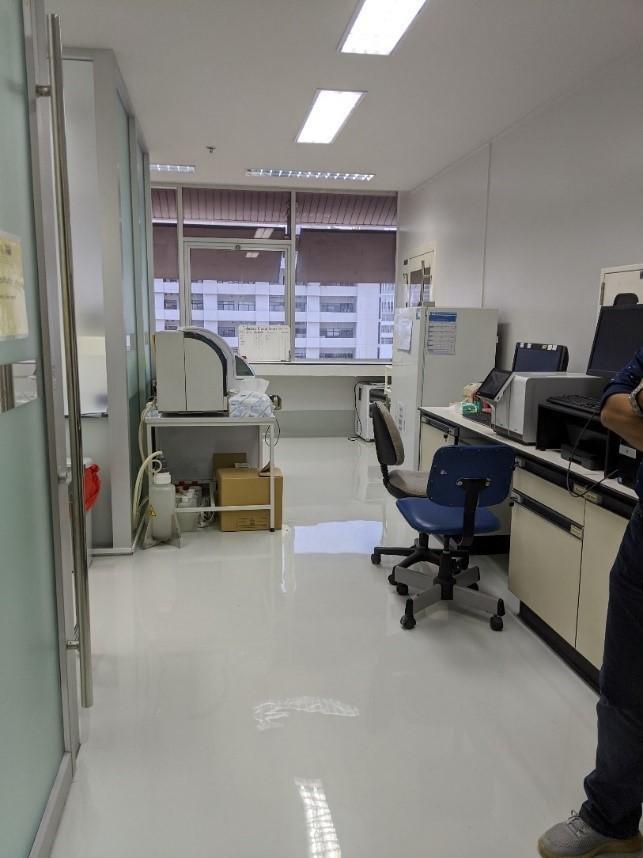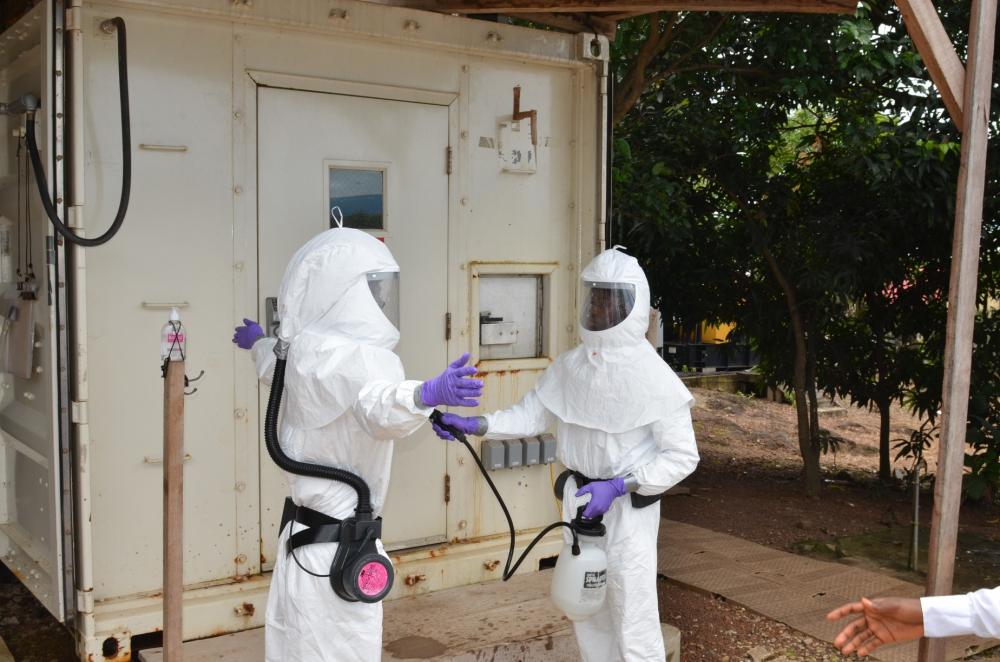This year marks three decades of collaboration spearheaded by the Department of Defense Cooperative Threat Reduction Program with foreign partners to address the proliferation of chemical, biological, and nuclear weapons, weapons-related technology, and expertise.
To commemorate this 30-year milestone, the Defense Threat Reduction Agency examined significant contributions from the Cooperative Threat Reduction Program’s five core program areas, among them the Biological Threat Reduction Program (BTRP). The goal of the program is to enable partner countries to prevent, detect, and prepare for disease outbreaks that threaten people or animals as early as possible while they may be addressed at a local level to prevent further spread.
The program aims to counter biological threats in a partner country, at the source, before the threat can reach the homeland or impact U.S. Armed Forces or allies. The program also prevents proliferation by cooperating with partner countries to eliminate their biological weapons, associated materials, and production facilities.
Early Focus on Former Soviet Union Biological Weapons
The first request for biological weapons assistance came from the Cooperative Threat Reduction Program’s original partner country, Russia, in 1998. Prior to that, the Soviet Union signed and ratified the Biological Weapons and Toxins Convention in 1972, and it entered into force in 1975. However, the Soviet Union continued offensive BW development in secret. The clandestine biological weapons stockpiles, labs, sites, scientists, and state-sponsored programs presented a major proliferation threat once the Soviet Union collapsed. The Biological Threat Reduction Program spent its first ten years focused solely on partnerships to address these and other proliferation threats in Former Soviet Union (FSU) partner countries.
In Stepnogorsk, Kazakhstan, the Biological Threat Reduction Program demilitarized an anthrax production facility and prepared it for ultimate demolition. In Novosibirsk, Russia, the program enhanced laboratory security to the Vector institute. In Vozrezhdeniye Island, Uzbekistan, the BTRP eliminated more than 12 tons of weaponized anthrax that was abandoned on site. In Tbilisi, Georgia, the program remediated a bioweapons production facility and established the Richard G. Lugar Center for Public Health Research, one of the largest, most technologically capable diagnostic and research facilities in the FSU.
The FSU’s initial biological weapons elimination work was completed relatively quickly, while it took longer, years in some cases, to clean up sites, shutdown the state-sponsored programs, and repurpose infrastructure.
The Biological Threat Reduction Program simultaneously focused on completing elimination efforts while also helping partner countries stand up comprehensive systems to detect and deter a broad range of threats. As time went by, the program’s efforts expanded to new regions and cooperation with partners shifted to help detect dangerous outbreaks and improve laboratory safety and security.
Global Health Security Capacity Building
In 2008 Congress granted the Cooperative Threat Reduction Program the authority to work beyond the Former Soviet Union territories. Since that time, BTRP has conducted further missions in Africa, Asia, Europe, and the Middle East. The program developed risk assessors and trainers from human and animal health sectors and military health members across Morocco, Algeria, Tunisia, Libya, and Egypt.

The Biological Threat Reduction Program coordinated with Australian partners to convene regional discussions of international donors operating in the health security and diagnostic space. The program, in collaboration with Republic of Korea Combined Forces Command conducted the Adaptive Shield 2019 exercise to assess the ability of military and civilian health communities to jointly respond to a dangerous pathogen outbreak.
At one point, BTRP activities in Cambodia represented the only military–to-military engagements taking place between U.S. Department of Defense and the Cambodian military. And at Chulalongkorn University in Thailand, scientists used BTRP-provided diagnostic equipment and training to determine the first COVID-19 case outside of China, resulting in early detection and reporting that the disease was spreading outside of China. Thailand’s detection and identification of the novel coronavirus represents a major success for BTRP’s threat reduction efforts in Thailand and further reinforces Thailand’s position as a regional leader.

The Biological Threat Reduction Program stays at the forefront of advanced and emerging standards and technology to understand the current threat landscape and plays a critical role in enhancing partner nation capabilities to detect, diagnose, and report outbreaks of security concern.
Source: Adapted from the Defense Threat Reduction Agency



